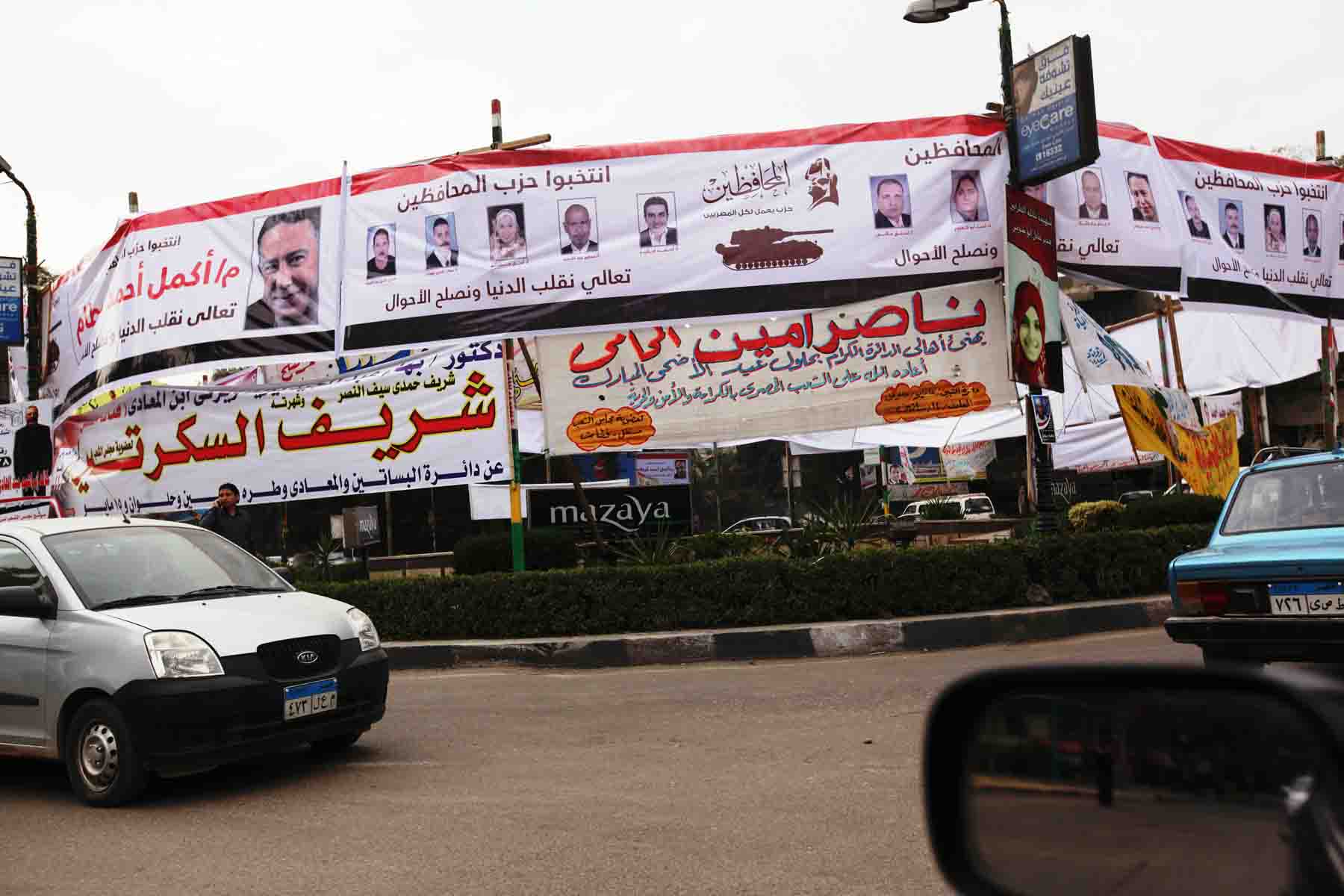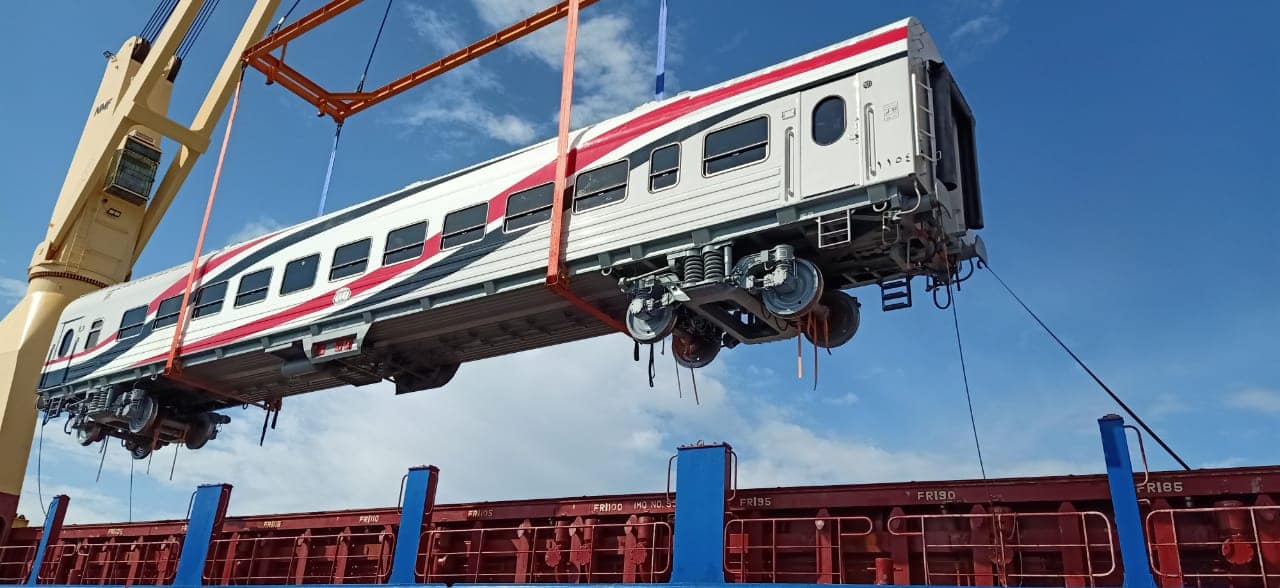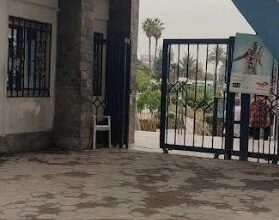
The Maadi Sporting and Yacht Club or “Nadi al-Maadi” is an important hub for Maadi residents, allowing them to cross socio-economic barriers and meet in a neutral cultural realm where people still follow tradition but religious decree is left out of club management.
Geographically, Nadi al-Maadi is also a meeting point between Maadi’s less affluent Al-Arab district and the upscale, tree-lined streets of Sarayat al-Maadi. In fact, the roundabout (midan) located at the corner of the club, Midan Suares, is fed by six different roads — each with a unique destination.
To get to Midan Suares from the club, you take Demeshk Street, which continues through the midan up the bridge and out of Maadi. As you hit Midan Suares from Demeshk, to your right is Ahmed Zaki Street which delves deep into Al-Arab district, home to many of the men and women who work in Maadi’s homes and with Maadi’s families. Ahmed Zaki continues to the left towards the Maadi police station and on to Sakanat al-Maadi, running parallel to the Canal Street. Road 153, which also branches off Midan Suares, heads to a part of Road 9 called Road 9 B — where restaurants give way to street food vendors and clothing shops are replaced by carpentry workshops.
“Many people think this is the Sawiris Midan,” complains Fathy, 47, a guard at the Maadi Club, “but this midan has been named Suares since before the Sawiris family came back to Egypt.”
The most interesting story about Midan Suares is the family behind the name. It is named after Felix Suares, a Jewish founder of Maadi. Felix and his brothers Raphael and Joseph were behind many developments and owned much land in Helwan and all the way through “Ismalia” — now the area between Midan Opera and Midan Tahrir (then Midan Ismalia). In fact Midan Mostafa Kamel was once Midan (or Rondepoint) Suares as well. The Suares brother’s father, Isaac Suares, represented half of the banking duo Delors & Suares, bankers for the Khedive Ismail.
Few people around the midan know the history of the Suareses but older members of the Maadi Club remember talk of the family. “Felix Suares owned all the spas in Helwan,” says Naguib, 82, a psychologist, who spends his afternoons in the Maadi Club. “The Suares family built many of the first railroads here and in Aswan,” says Mohamed, 74, a doctor. “My father used to always tell me about them.”
Although it seems that Maadi has remained relatively untouched throughout the tumultuous events of 2011, in late January, during the first days of the revolution, the scene Midan Suares may have been the most graphic representation of the burgeoning revolution — surrounded by burned state security trucks and guarded closely by a tank, the Ahly Bank ATM was smashed through. Young men manned the traffic intersection between Demeshk and Midan Suares throughout January and Feburary to keep Maadi traffic moving and Maadi residents feeling somewhat secure.
“This area was very volatile,” says Haitham, a shop keeper on Demeshk Street and a member of the civilian traffic crew during the end of January. “I had to stick around to make sure no one broke into my store. Prisoners released from Tora were all over Maadi during the revolution and many were hiding in Al-Arab.”
Leading up to the Maadi Club elections in September, candidates hung posters and cloth banners in Midan Suares for Maadi residents to see on their way to work in the morning. Egypt’s parliamentary elections in November also saw a different Midan Suares — covered once again in campaign banners while members of the Social Justice Party and the Conservative Party congregated with local human rights activist Nasser Amin as the breeze blew their posters together.




